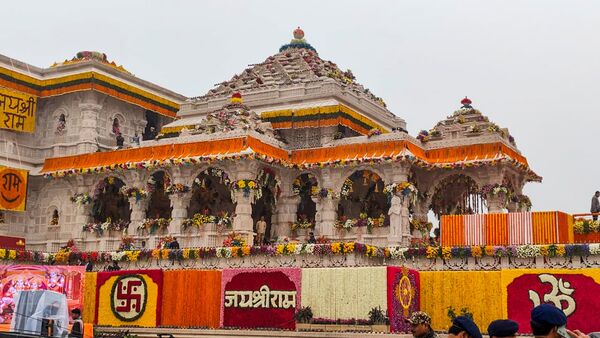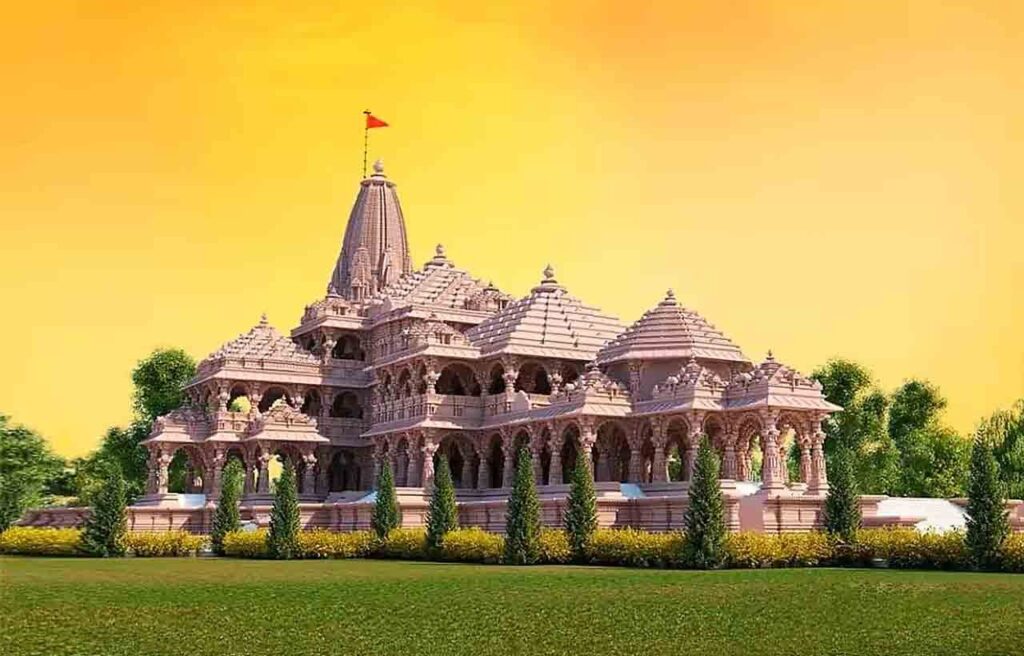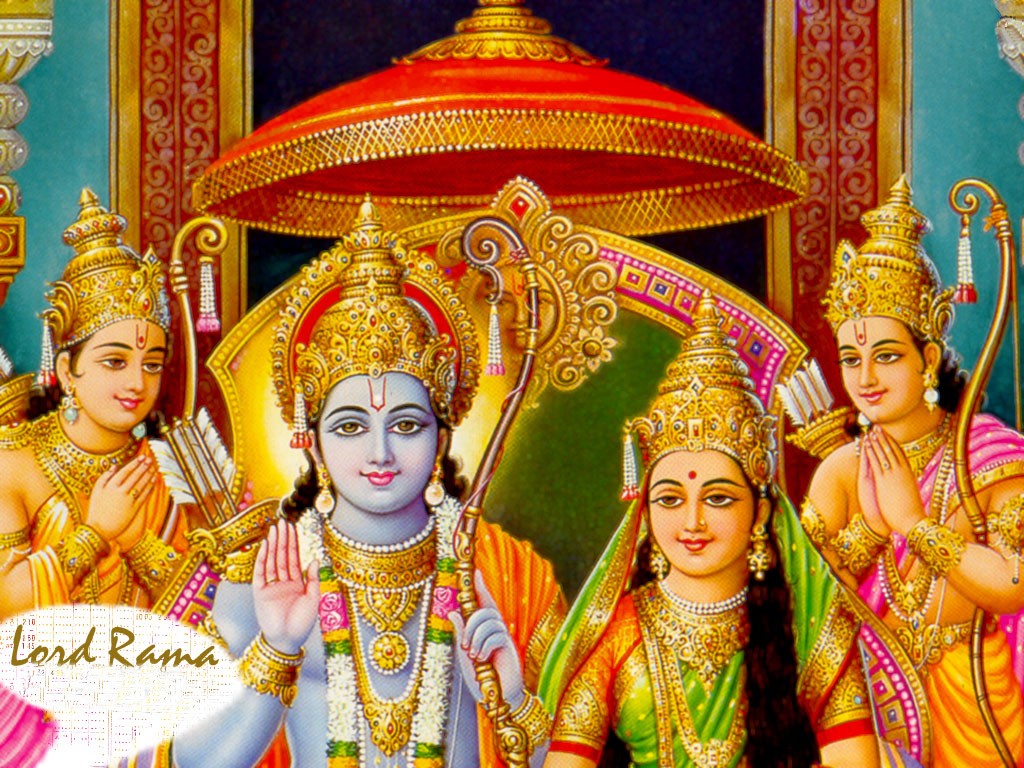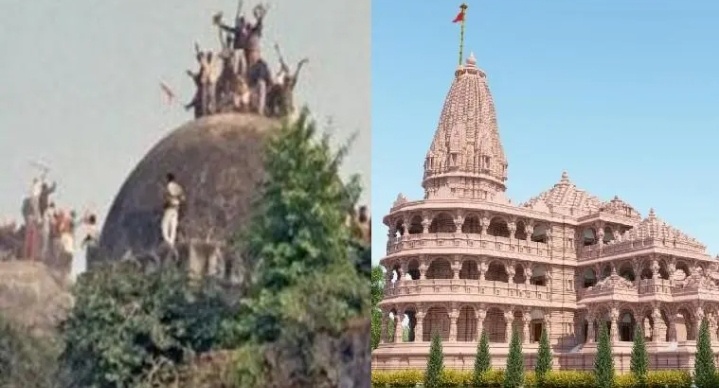
Ram Mandir of Ayodhya: A Mosaic of Faith, History, and Harmony
Nestled in the heart of Ayodhya, Ram Mandir isn’t just a marvel of architecture but a mosaic of faith, history, and unity. Join us as we delve into the depths of its grandeur, uncovering facts and secrets that make the Ram Mandir more than just a place of worship.
Read on to explore this masterpiece in its full glory!
History of Ram Mandir, Ayodhya

The Ram Mandir in Ayodhya is not just a temple; it’s a symbol deeply in the heart of India’s cultural and religious tapestry. Its history is as old as the legends of Lord Rama, a central figure in the ancient Indian epic, the Ramayana. Ayodhya, believed to be Rama’s birthplace, has always held a special place in the Hindu consciousness. It’s here that the saga of the Ram Mandir, intertwined with faith and history, unfolds.
The significance of the temple transcends mere religious boundaries, representing a confluence of faith, mythology, and national identity. For centuries, this site has been a focal point of devotion, attracting millions of pilgrims who view Ayodhya as a sacred space where the divine and the earthly realm converge. In addition, the temple stands as a testament to the enduring legacy of Lord Rama, embodying virtues like righteousness, courage, and morality, central to Hindu philosophy.
The journey towards the construction of the modern Ram Mandir has been long and often contentious, reflecting the complex interplay of religion and politics in India. Despite the challenges, the temple’s reconstruction has been a unifying force for many, symbolizing a new era of hope and renewal. Moreover, its foundation symbolizes a fulfilment of a longstanding collective wish of many devotees, making it much more than a structure of bricks and stones—it’s a beacon of faith and a repository of millennia-old traditions and beliefs.
The Ram Mandir’s significance, therefore, lies not just in its grand architecture or historical roots, but in its ability to encapsulate a civilization’s enduring spirit and its aspirations for the future.
Key Facts About Ram Mandir Temple

- Location and Significance: Situated in Ayodhya, Uttar Pradesh, the Ram Mandir is dedicated to Lord Rama, a revered deity in Hinduism. It marks the believed birthplace of Lord Rama and holds immense religious significance.
- Historical Background: The temple has a long and complex history, intertwined with religious and political narratives, dating back centuries.
- Architecture and Design: The temple’s design is a testament to traditional Indian architecture. It features intricate carvings and a unique layout that blends historical styles with modern techniques.
- Cultural Importance: It’s not just a religious site but also a cultural hub. The temple represents the rich tapestry of Indian traditions and stories.
- Community and Development: The construction of the Ram Mandir has been a catalyst for community development, with initiatives for local infrastructure and tourism.
Surprising Facts About Ram Mandir
- Eco-Friendly Construction: The temple utilizes sustainable materials and construction methods, aiming to be environmentally friendly.
- Global Influence: The Ram Mandir has drawn attention and support from across the globe, symbolizing its international cultural impact.
- Technological Integration: Despite its traditional design, the temple incorporates modern technology for maintenance and visitor experience.
- Cultural Events: The temple is a venue for numerous cultural and spiritual events, attracting participants from diverse backgrounds.
- Artisanal Craftsmanship: Skilled artisans from across India have contributed to the temple’s construction, making it a collective masterpiece of craftsmanship.
Why Ram Mandir is Controversial

The Ram Mandir in Ayodhya is entwined with controversy due to its complex historical, religious, and political implications. The root of the controversy lies in the site’s claim as the birthplace of Lord Rama. Lord Rama is a central figure in Hindu mythology. The existence of the Babri Masjid, a mosque, at the same location. In addition, the mosque, built in the 16th century, was a point of contention for many Hindus. They believed it was constructed after demolishing a pre-existing temple.
The dispute intensified over decades, leading to legal battles, communal tensions, and unfortunately, violence. The Babri Masjid’s demolition in 1992 triggered widespread unrest and communal riots across India, deeply affecting the nation’s secular fabric. Moreover, the controversy isn’t just about land or religious rights; it’s also a symbol of larger socio-political issues in India, involving secularism, religious freedom, and historical interpretation.
The Supreme Court of India’s landmark judgment in 2019 sought to resolve this long-standing dispute. The judgement allowed the Ram Mandir construction while also providing land for a mosque elsewhere. However, the temple remains a contentious symbol. It embodies India’s ongoing struggle to balance religious sentiments with secular principles.
The Ram Mandir in Ayodhya stands as a profound symbol. It embodies India’s rich tapestry of faith, history, and cultural diversity. It’s true that the temple’s construction marks a new chapter. It also reminds us of the delicate balance between religious devotion and secular ideals in India.



